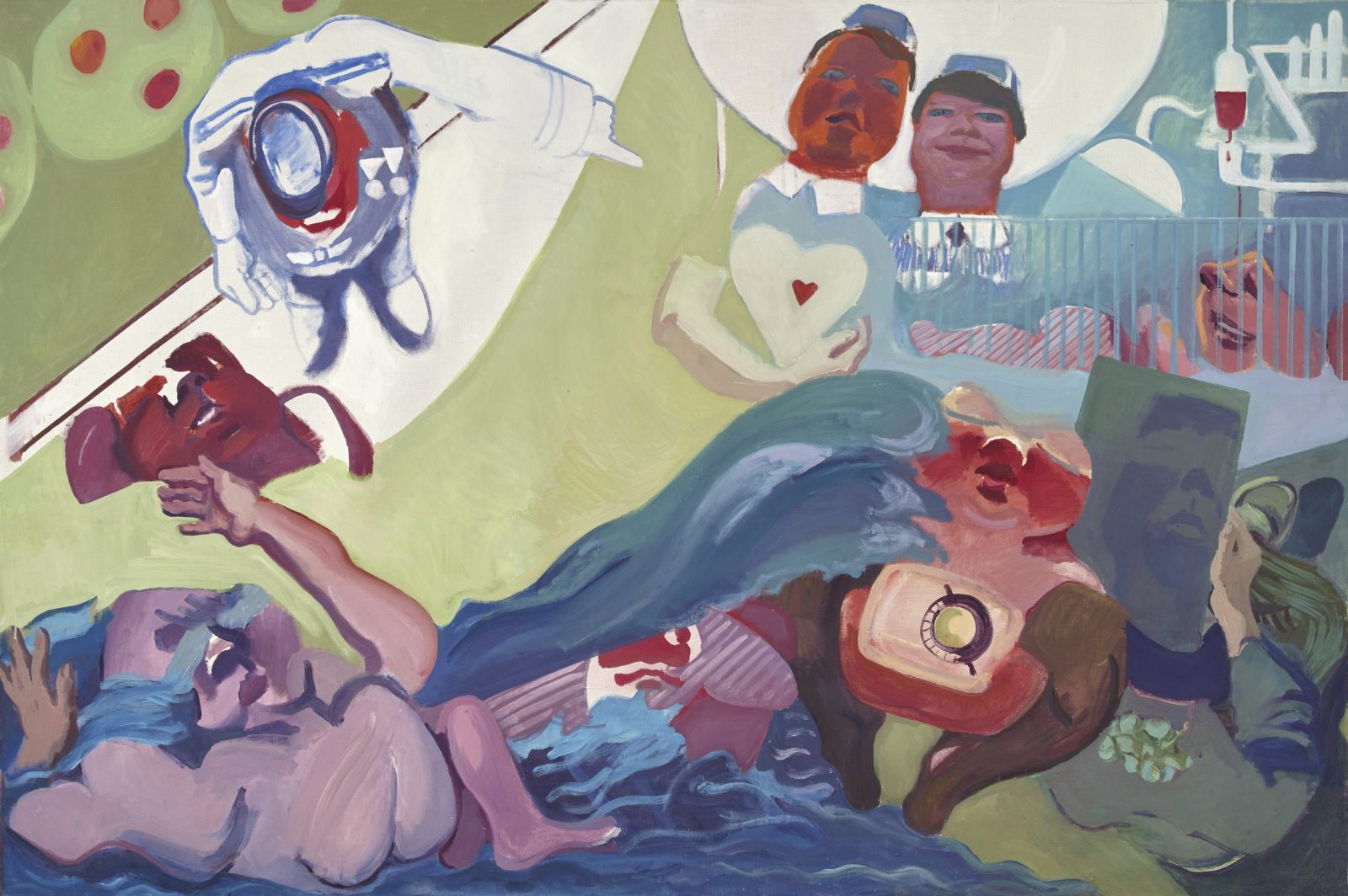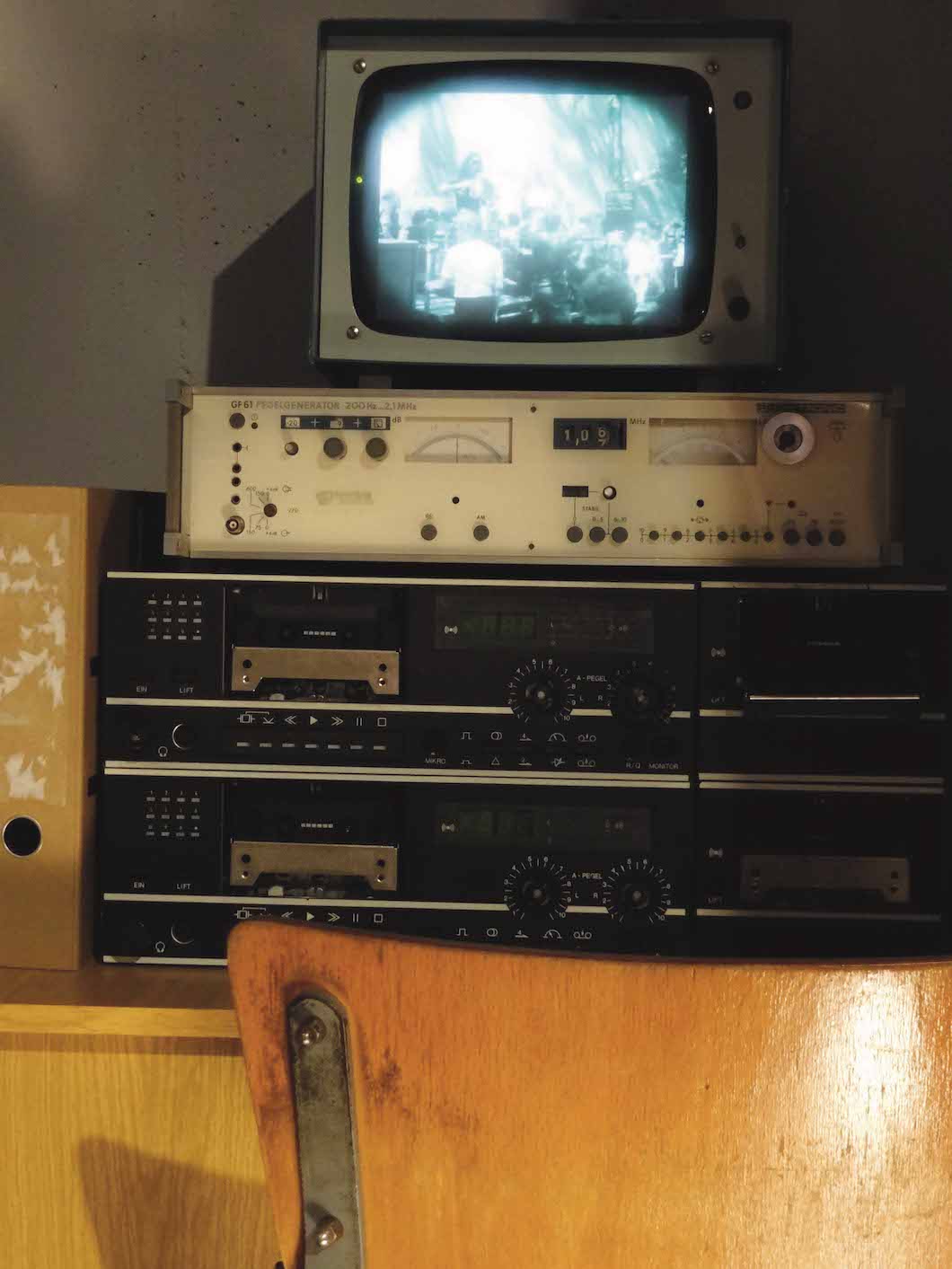
Janique Vigier

IN 1946 THE AUSTRIAN WRITER Marlen Haushofer began publishing fairy tales and short stories in newspapers and small magazines. Her prewar writings—stories, poems, chapters of novels—had all been lost, and during the war she wrote “not a single line.” The new stories were a pragmatic measure: they were written to be published, to supplement the […] 
OPEN ANY BOOK BY CAROLINE BLACKWOOD and you will encounter the same woman. Articulate, adrift, callous, cosmically self-absorbed. She’s in the middle of her life, a retired actress or model, once striking and sought-after. Her misery has a predatory quality. Decisions made idly and capriciously she now clings to as essential facets of her “character.” […] 
IT WAS THE FALL of the Berlin Wall that prompted Jenny Erpenbeck to become a writer, as if the beliefs and structures guiding her life that had, almost overnight, been rendered obsolete, could be recuperated by language. But Erpenbeck, born steps from the Wall in 1967, wasn’t interested in memoir or commemoration. She preferred tricks of self-effacement, recursion, deferral, anything that lent “freedom from the compulsion of realism.” Her debut, The Old Child (1999), is a parable of a loser’s triumph: a young woman posing as a fourteen-year-old goes to live in a children’s home, turning life into a game 
I SUSPECT EVERYONE WHO KEEPS A DIARY of wanting it to be found. What you write depends on what you allow yourself to see, and how you want to be seen. It’s a common thought—Susan Sontag famously said, “A journal or diary is precisely to be read furtively by other people”—and points to a basic contradictory principle of the unconscious. Self-admission is always tied to self-betrayal. 
IN 1974, Elaine Sturtevant slipped out of the art world to play tennis with a man whose serve she couldn’t return. She said little about her decade-long departure from art, either about why she left or what she did during that period—“I was writing, thinking, playing tennis, and carrying on.” The American artist, best known for “repeating” major works by major men, had already proven herself a genius in the game of doubles. Let them catch up, she said, and switched to a game with different rules but similar design. 
ANDRÉE’S GRAVE IS ALL WRONG, Sylvie thinks. It’s covered in white flowers. This is what killed her; she was “suffocated” by whiteness. Sylvie places three red roses on top of the grave. This scene takes place at the end of Simone de Beauvoir’s roman à clef Inseparable: Sylvie is Simone and Andrée her friend Élisabeth Lacoin, known as Zaza. In real life, there must have been a casket for Zaza, who died at twenty-one, and maybe also roses, but in Beauvoir’s Memoirs of a Dutiful Daughter (1958), where Simone and Zaza’s story is recounted, we hear nothing of the casket 
SINCE THE 2014 RELEASE of Outline, the first novel in her acclaimed trilogy, Rachel Cusk has acquired an aura of unimpeachability. This is not to say all reviews of her work have been positive; many invoke the question of “likability,” that awful barometer women are metered against, but the general tone conveys her moral fiber, her strength of character. Not only is her work brilliant, but she herself stands as a kind of moral benchmark. Her position on her themes—womanhood, fate, will, art—has been taken as correct. This is likely in part because she has not come by her reputation 
A FRIEND OF MINE dating a famous artist jokes that she dreads her obituary reading that she, in addition to having been the girlfriend, was “accomplished in her own right.” In her own right! The mind heaves. Anyone who has been romantically involved with a famous artist knows the risk of being overshadowed. For those who nurture artistic ambitions themselves, the challenge is twofold: to avoid being subsumed by their partner’s success and to insist upon the importance of their own work. Self-Portrait, Celia Paul’s memoir and account of her decade-long entanglement with Lucian Freud, is both the story of 
Fanny Howe. Photo: Lynn Christoffers Born in 1940 during a lunar eclipse, the poet and novelist Fanny Howe is the black sheep of her blue-blooded Boston family. Daughter of Mark DeWolfe Howe, a Harvard law professor and civil rights activist, and Mary Manning, an Irish-born actress and playwright, Howe grew up as part of a powerful and gifted artistic pantheon. Breaking with tradition, she moved West, became a communist and later a Catholic, and dropped out of college three times. (Howe attended but never graduated from Stanford.) She eloped with a conservative microbiologist but left him in the febrile